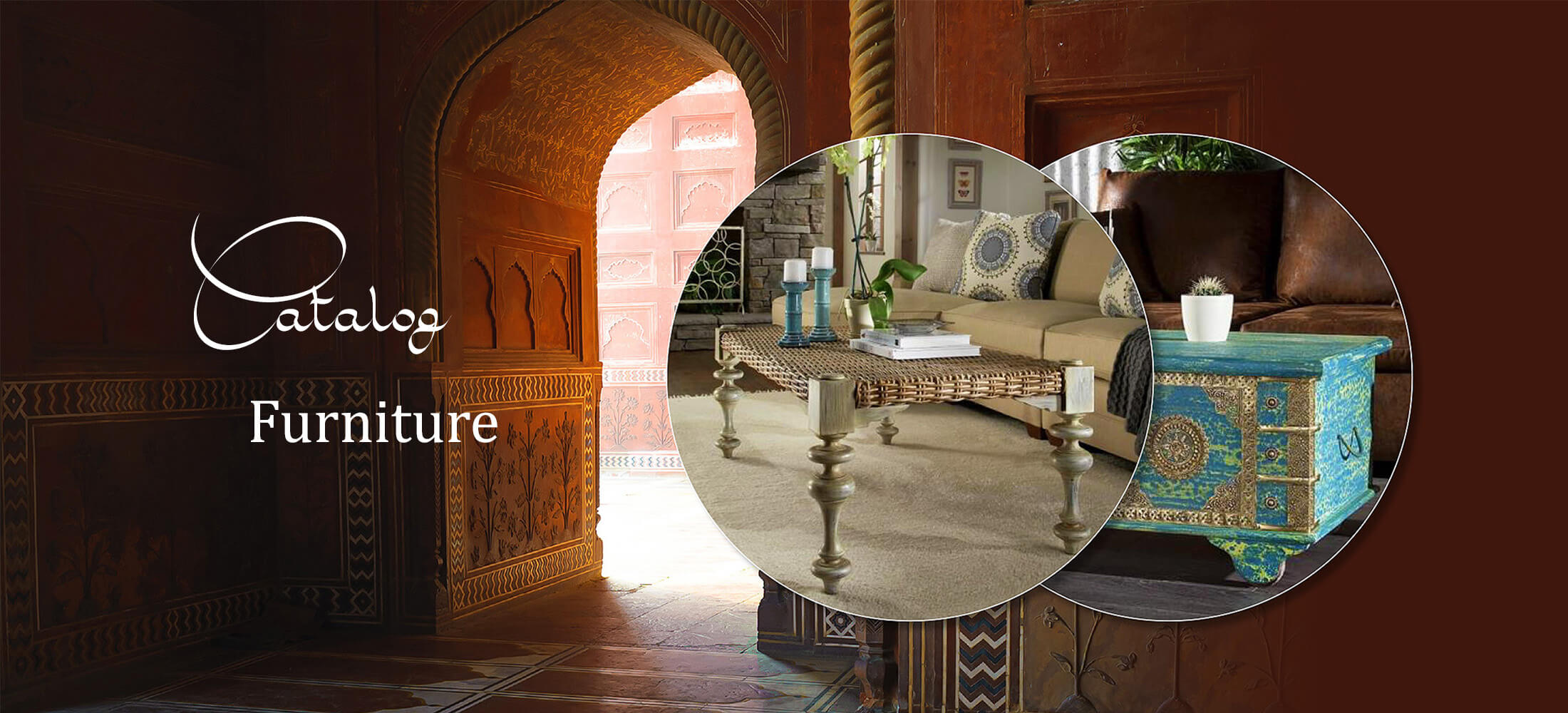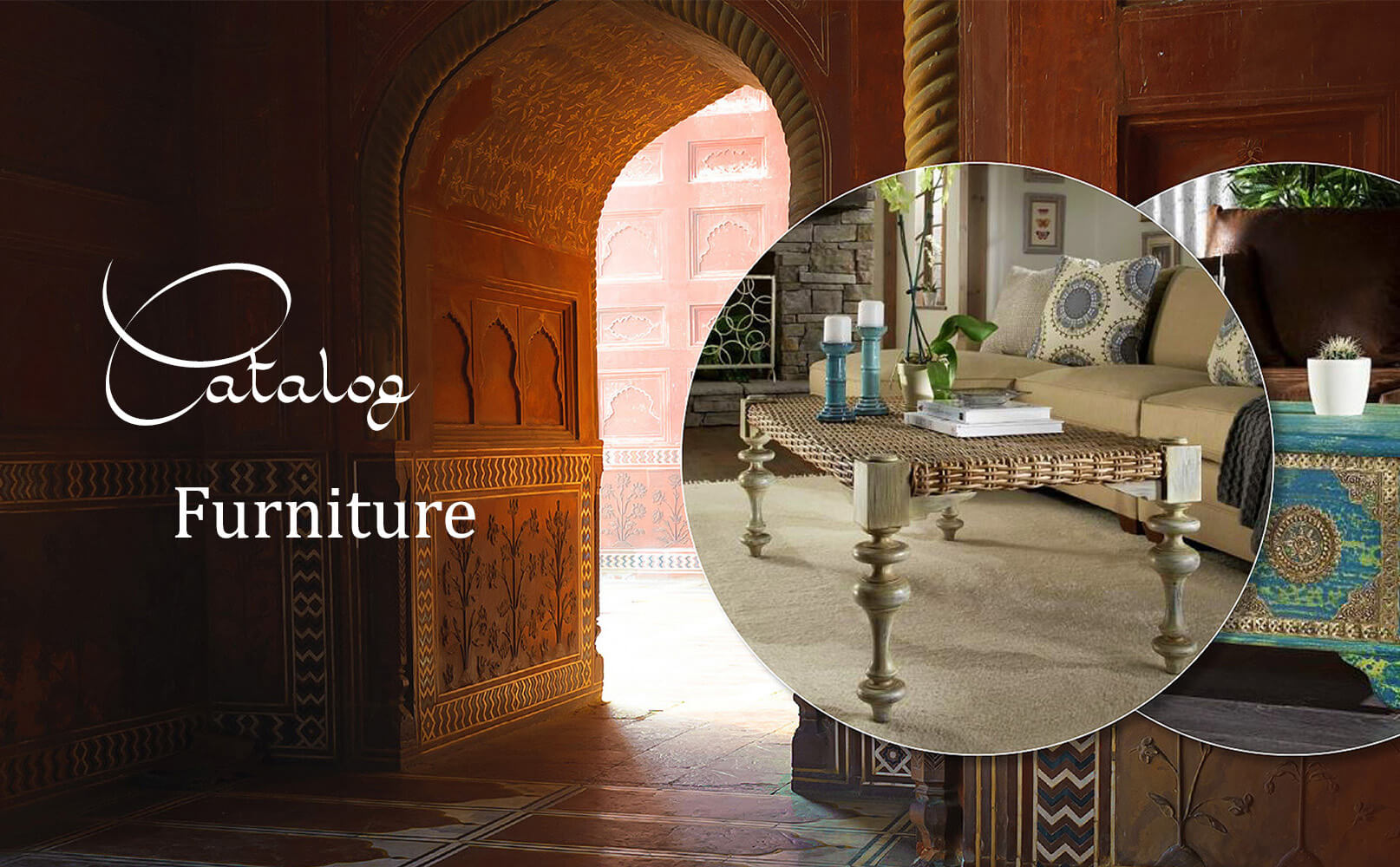Traditional solid wood storage chests used in homes in northern India, especially in the mountainous regions of Kashmir and Himachal Pradesh, are sturdy and functional pieces, often inherited from previous generations. These chests were used primarily to store heavy blankets, especially wool quilts, or other fabrics such as sheets and winter clothing. Here is a detailed description of these objects:
1. Materials and Construction:
Solid Wood: The chest is usually made from local hardwoods, such as oak, pine, or teak, and sometimes even fine woods in some regions. The wood is chosen for its strength and ability to withstand the cold, damp climates of the mountains.
Traditional Joinery: Chests are often handcrafted using ancient joining techniques, using mortise and tenon joints for maximum strength. This type of construction ensures that the chest remains stable and durable over the decades.
2. Design and Shape:
Dimensions: These chests are generally quite large, designed to hold several quilts and other bulky linen items. They are often 1.5 to 2 meters long, 40 to 60 cm wide, and 50 to 70 cm high.
Shape: They are rectangular in shape, often with slightly rounded edges and a flat or slightly sloping lid to prevent moisture build-up. Some chests have decorated edges or carved reliefs, often inspired by traditional floral or geometric designs.
Handles and Hardware: On the sides, there are often metal handles made of iron or bronze to facilitate transport, especially in mountainous regions where these chests may be moved from room to room or even from house to house. The hardware is sometimes decorated with traditional designs.
3. Finishing and Decoration:
Wax or Oil Finishing: Wood is often treated with oil or wax to protect it from the elements and to highlight its natural texture and grain. This gives it a beautiful patina over time.
Carved or Painted Decorations: In some regions, the chest is decorated in detail, including carvings on the side panels and lid. These decorations may depict floral designs, geometric figures, scenes from daily life, or religious symbols.
Natural Colors: Chests can range from light to dark brown, sometimes with touches of paint in bright colors, such as red or blue, although many chests remain in natural, muted tones.
4. Functionality:
Practical Storage: The chest was primarily used to store quilts, thick, handmade blankets often filled with sheep's wool or down. This type of storage is crucial in cold climates, as it helps keep fabrics free from moisture and dust, while allowing easy access during the winter months.
Protection from the elements: Due to the chest’s solid structure and tight-fitting lid, it provides effective protection from dust, moisture, and insects, ensuring that blankets and other fabrics remain clean and in good condition.
Heat retention: In cold climates, solid wood also helps maintain a relatively stable temperature inside the chest, which is beneficial for the preservation of fabrics and blankets that are often sensitive to temperature fluctuations.
5. Use and Legacy:
Heirloom: These chests are often passed down from generation to generation, and they sometimes bear age marks or inscriptions that speak to their family history. They are seen not only as utilitarian objects, but also as valuable pieces of cultural and family heirlooms.
Symbolism: In some communities, these chests can also have symbolic meaning. They can be associated with rites of passage, such as weddings, where the chest is filled with fabrics, quilts and other items as a gift to the bride.
Conclusion:
The solid wood storage chest from North India is much more than just a utilitarian piece of furniture. It embodies traditional craftsmanship, a simple yet refined aesthetic, and a deep connection to the needs and customs of everyday life in cold regions. With its sturdy construction and practical design, it remains a staple in many homes in the region, combining functionality, durability and beauty.
Dimensions: 37x65x40cm

 0
0



































